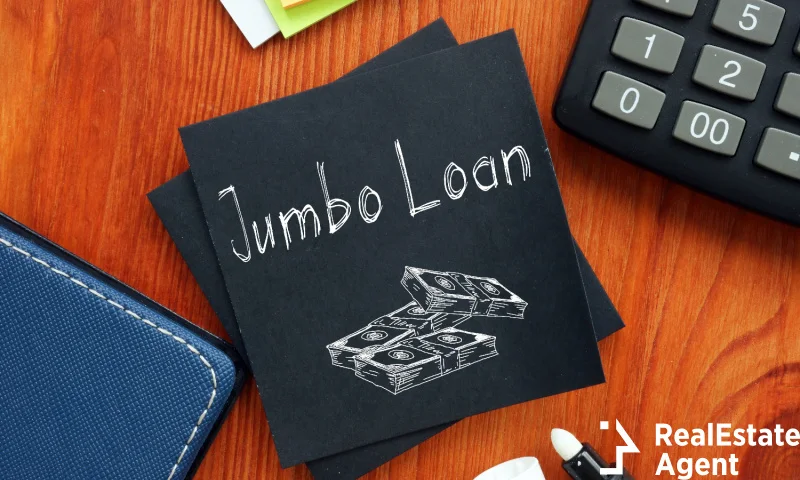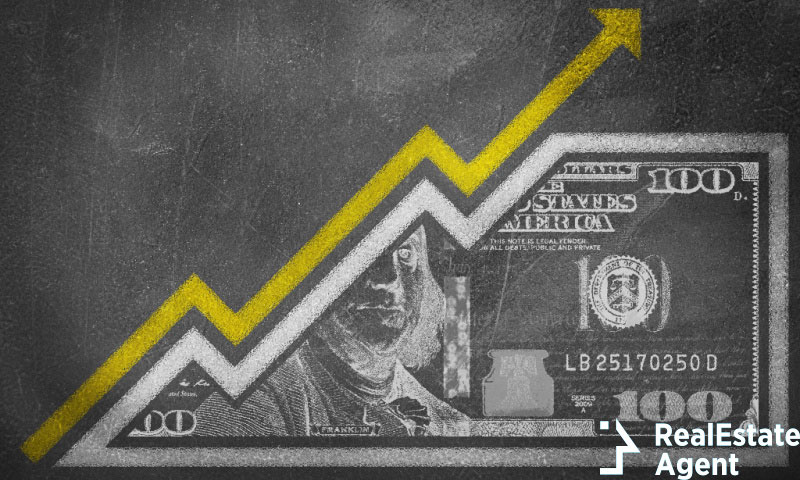Money Under 30 correctly states. “You can gut the inside and paint the outside but you’ll never be able to take a nice-looking house out of a bad neighborhood.”
Your real estate agent knows it’s true and now you know it.
You may not be able to accurately pin a number on the dollars your residential investment will gain over the years, but you will be able to gauge how successful the possible rate of return will be based on a handful of factors:
- Location – It’s obvious that a house in a great location is going to appreciate…as long as that neighborhood is well-kept, the houses in the surrounding area are cared for, the schools are updated and seen as an asset for the community, new thriving businesses appear in the surrounding area and the buildings are maintained. If you buy in an area with these characteristics, yes, you may indeed pay more out of pocket for the privilege to live there, but you can also feel pretty confident that you have made a good purchase positioned to give you a decent return over time.
- Curb appeal – Is your favorite pastime taking a cruise to look at the new houses in the neighborhood? A region where TLC is evident makes us feel good. Even something so effortless as a painted, customized mailbox has appeal. So a porch’s new furniture showcasing the generous space, or the lawn manicured as green as a golf course has a lot of pull. These properties draw us in and make us want to spend time there. The houses are more than a structure, they are homes where people build their lives. You can see it, can’t you? The quality moments you and your family will while away talking together in a house you will be proud to call you own. We’re not talking about a needle in a haystack home either, but hunt for neighborhoods where the majority of homeowners—blocks and miles of vested homeowners—adore their homes so much their care is obvious.
- Mild Fixers – These are good investments, requiring little capital and you know the people who purchase these properties are intent on repairing and shining them up so they match the properties around them. If after doing your research into the neighborhood, you stumble upon one of these treasures, consider seriously snatching it up! You’ll be living in a great neighborhood and getting in under the price wire as long as the ratio from repair to mortgage is reasonable.
- Avoid buying the best house in the neighborhood – The best house in the neighborhood, the biggest, the showiest, is the house that sets the curve, and because of this, this house will never rate what’s it’s really worth. Think of it this way. If you were to take the grandest house in the neighborhood and plop it down into a more comparable area, the value of that home would increase and finally the property would be priced at what it is worth. So what happens when that house exists in a neighborhood where the houses are not in keeping with the size and grandeur? The price drops, of course, to fall in line with properties in the vicinity.
It’s vital to learn the ins and outs of home buying because at the end of the day you have two choices: to make a smart investment, or to purchase a home which won’t measure up.
More tips for what to avoid and what to look for are available at The Official Real Estate Agent Directory® .








